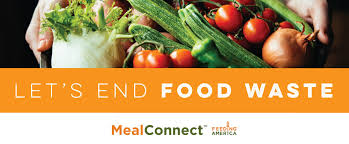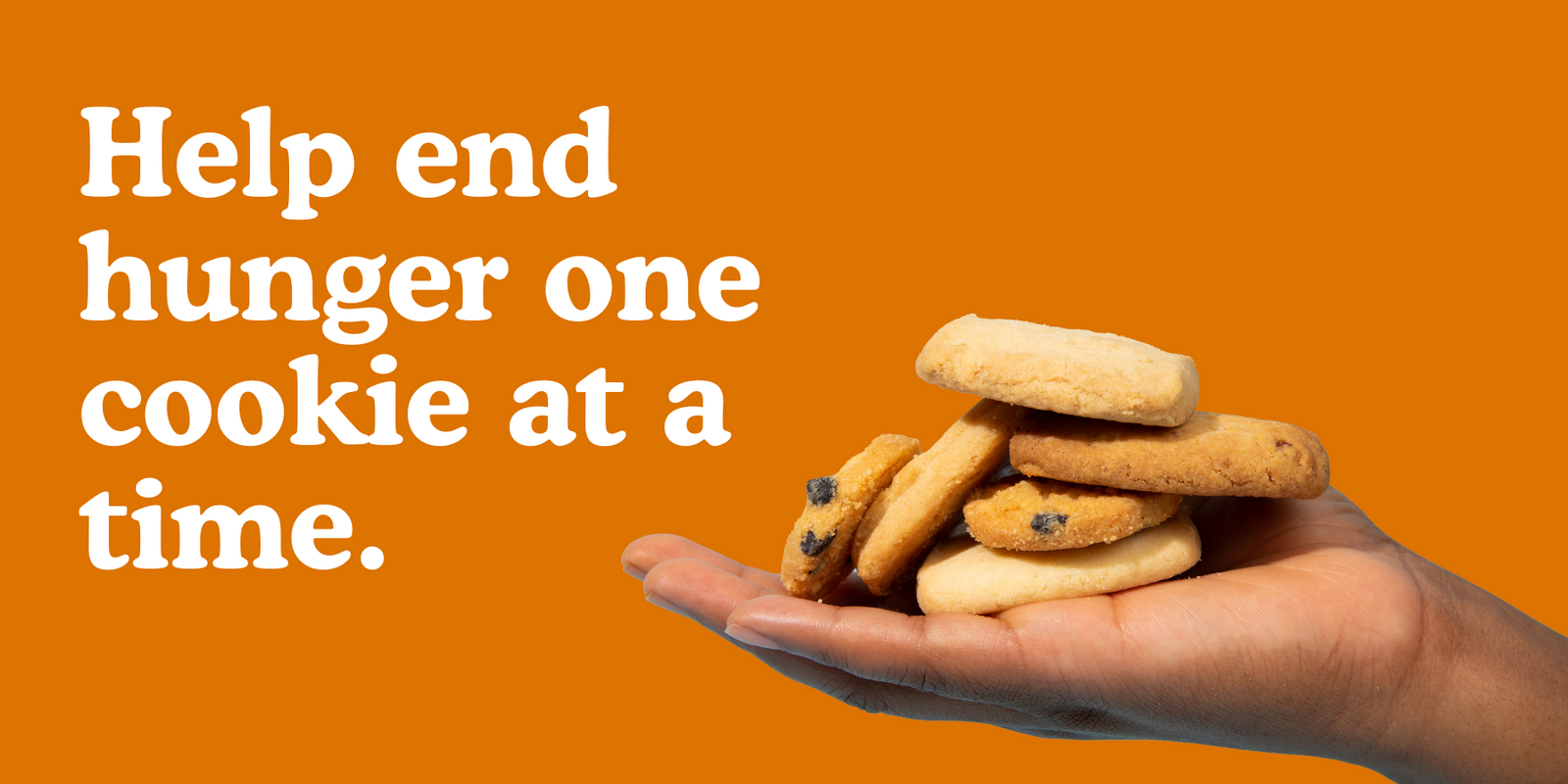The hunger crisis is very real. If you are lucky enough to have never experienced the need for food, it may be difficult to grasp the seriousness of this global emergency.
The United Nations’ Food and Agriculture Organization reports that10.8 percent of the world’s population is undernourished, with startlingly higher rates in portions of Africa, Asia, Latin America, and the Caribbean. And the United States is not immune, withmore than 37 million Americans experiencing food insecurity, which is defined as the struggle to provide enough food for an active and healthy life.
The Face of Hunger in America
Hunger and food insecurity are widespread issues in America, and the rates are substantially higher in homes with single parents (especially single mothers), and minority households,according to the United States Department of Agriculture. In fact, black households experience hunger atnearly double the national average, while Hispanic homes are one-third more likely to face food insecurity than the rest of the population.
Perhaps most alarming, one in seven American households with children are dealing with food insecurity. This issue is even greaterduring the summer, when most children who rely on school meals lose their access to free or reduced-price breakfast and lunches.
There isNot a Food Shortage in America
There are a myriad of reasons why Americans are battling hunger, but a lack of food isn’t one of them. According to Feeding America, the nation’s largest hunger-relief organization,72 billion pounds of safe, ediblefood goes to waste each year. Food banks are working with restaurants, farmers and other businesses to make sure fresh, unsold food is distributed to those in need. Companies likeStarbucks andPanera are among those who have partnered with Feeding America to help those in need.
Anyone Can Make a Difference
There are lots of waysyou can help. For starters, for every box of our delicious Nunbelievable cookies you buy, we’ll make a donation to organizations fighting hunger. (Order themhere!) You can also volunteer at a food bank or soup kitchen, donate to a food drive (or start one of your own!), and, of course, make a financial contribution. No amount of time, effort, or money is too small. It all adds up and brings us closer to ending the hunger crisis.



